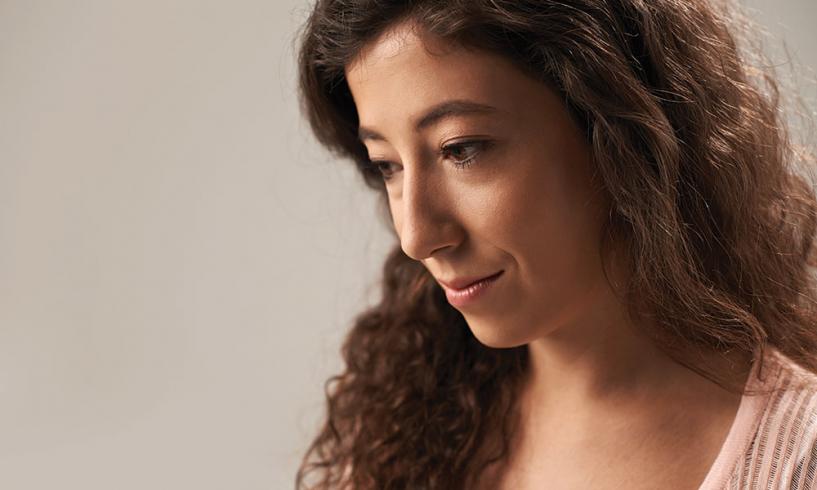Grace is a 42-year-old woman diagnosed with ER/PR-positive breast cancer who has been scheduled for four cycles of docetaxel plus cyclophosphamide chemotherapy.
She has amazing curly brunette hair. Every time you see her in the clinic, she seems to have her hair styled in a different way. You and other nurses joke that she must have sisters who are hairdressers.
After chemo class, Grace sees you in the hall, and you notice that she is crying. She has just realized that her chemotherapy regimen can cause hair loss. “My hair is who I am as a person. I can’t lose my hair. Maybe I shouldn’t have chemotherapy, even though the doctor says it’s important.”
What Would You Do?
“Without hair, many women may find their identity and femininity altered, and find it even more difficult to maintain the sense of optimism that can help them cope and to maintain hope. These women need options and resources for turning their fear and anticipation into actions that reinforce their sense of control, boost their self-esteem, and give them courage to take other actions that may help improve their quality of life during cancer treatment.”
You reassure Grace that everyone at the cancer center understands and empathizes with how difficult it must be to consider losing her hair. You ask her to explain the role that her eye-catching hair has had in her life. After telling you that her hair has always been her defining feature, that she feels her hair is what is most attractive to her husband, she begins to cry again.
A cooling cap may be an option for Grace. The caps have been used since the late 1990s to prevent alopecia resulting from chemotherapy, originally using dry ice. In 2015, the U.S. Food and Drug Administration cleared the first cap that uses a cooling machine. Having read the press release, you know that it was tested on patients similar to Grace. Fortunately, you have one of the newest machines in your infusion room. But if the machine-cooled cap was not available, you planned to tell Grace about the option of the dry ice cooling cap, which has also shown an ability to decrease hair loss.
You also talk about the significant extra time required in the cancer center to use the cooling cap, as well as costs that may not be covered by insurance. You also explain that it does not work in all women and she may still lose her hair.
Still, Grace is smiling. She says that she is confident she will be able to complete her prescribed chemotherapy regimen. She understands that the cap may not prevent her losing her hair, “but at least I’m doing something to help. it feels so much better than just sitting around waiting for my hair to fall out. Even if it doesn’t work, I know I will feel better, more confident than I did. Thank you!”






